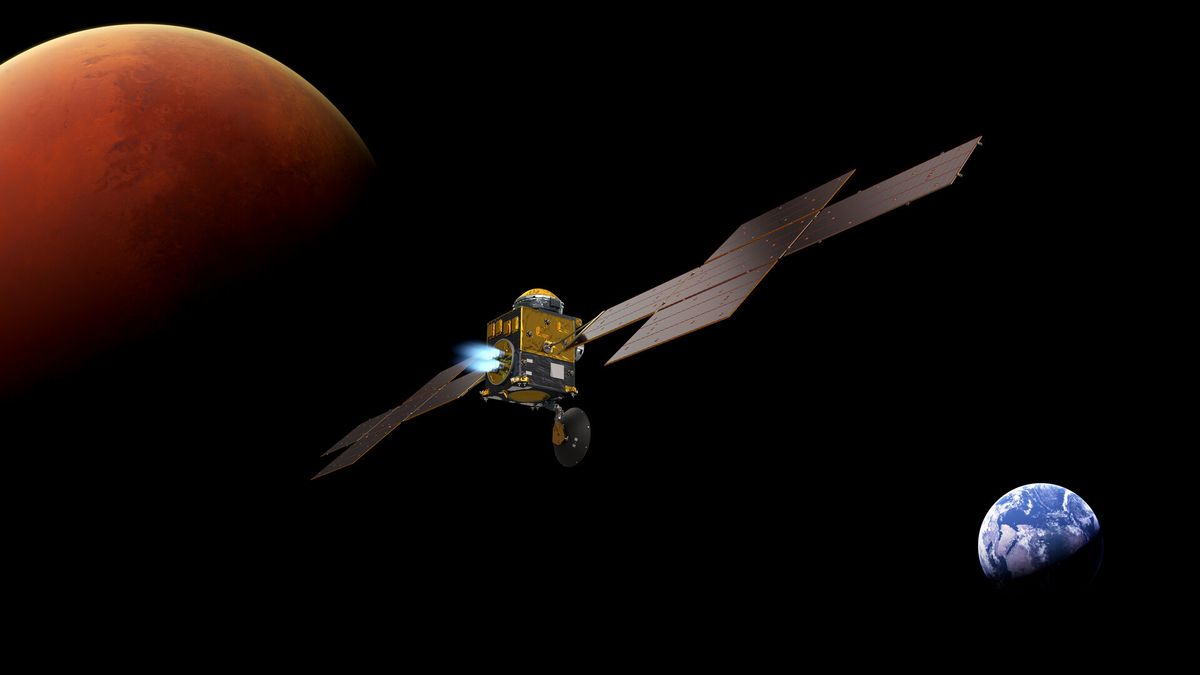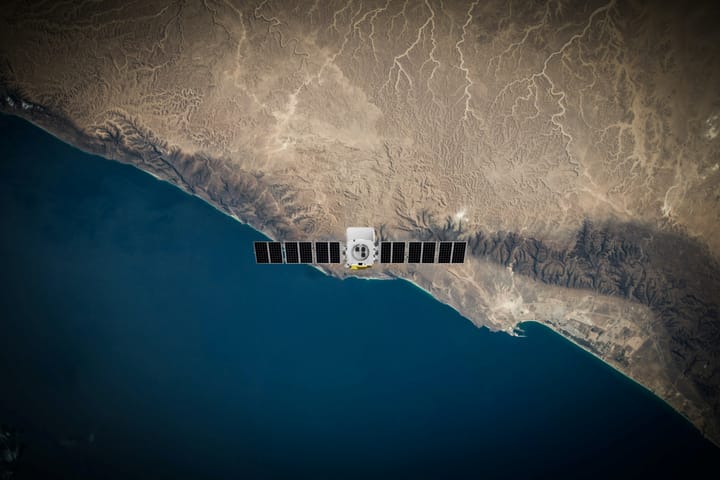NASA preparing for mission to bring Mars samples back to earth

A few minutes every morning is all you need.
Stay up to date on the world's Headlines and Human Stories. It's fun, it's factual, it's fluff-free.
The next decade will be an active one for the National Aeronautics and Space Administration (NASA), which is currently seeking a director to lead their Mars Sample Return (MSR) program. The purpose of the program is to devise a method for bringing materials back from Mars so they can be studied by scientists on Earth.
NASA is also currently preparing for the launch of its fifth rover, which is designed to land on Mars and study the planet. While the other rovers have been studying different facets of Mars, this year’s rover, named the Mars 2020, will specifically be looking for signs of life and habitability.
A job opening at NASA
On January 15, 2020, NASA announced an opening for a new director of the MSR program. According to the posting, the director will be “responsible for implementation of all MSR program activities, beginning with mission formulation and continuing through design, development, launch, and mission operations.” The job will pay just north of $180,000 US dollars a year.
The main mission of the MSR program is to collect samples from Mars and transport them “for analysis and testing on Earth.” Those samples will include rocks, soil, and anything else that relates to the planet’s atmosphere. This will be done with a rover, an unmanned motor vehicle that can study extraterrestrial terrain.
While NASA has already landed four rovers on Mars – with a fifth ready to launch later this year – none of them have the capability to relaunch from Mars and return to Earth. For that reason, scientists have never been able to study samples from Mars in person. The MSR program looks to change that.
Rovers on Mars
There are four NASA-funded rovers, all produced by the Jet Propulsion Laboratory, currently on Mars. They are named Sojourner, Spirit, Opportunity, and Curiosity.
Sojourner, bundled with the Mars Pathfinder lander, was the first NASA rover to land on Mars. It touched down on July 4, 1997, and over the next few months it and the Mars Pathfinder transmitted 2.3 billion bits of information (including photographs) back to Earth. The two machines stopped transmitting on September 27, 1997.
The next two exploration rovers, Spirit and Opportunity (known as “The Adventure Twins”), landed on January 3, 2004 and January 24, 2004. Though both were only designed to operate for 90 days, each lasted much longer, with Spirit transmitting information until 2010, and Opportunity sending its last communication on June 10, 2018. A planet-wide dust storm is responsible for the solar-powered Opportunity losing connection.
The final and largest rover to reach Mars, so far, is the Curiosity, which landed on Mars on August 5, 2012. The Curiosity remains in operation and continues to transmit information. Its mission is to answer the question, “Did Mars ever have the right environmental conditions to support small life forms called microbes?”
The launch of the Mars 2020
Though much has been learned about Mars through the four rovers — for example, that Mars once had water (and maybe still does) — there remains much more to learn. For that reason, NASA is planning to launch another rover (similar to Curiosity) this year, the Mars 2020.
Set to launch in July 2020 and land on Mars in February 2021, the Mars 2020 will collect samples of Mars with the intention of some day being returned to Earth, assuming the MSR program is successful.
Beyond collecting samples and studying the planet, as its predecessors have, the Mars 2020 is also tasked with setting the groundwork for a human presence on Mars. The mission theme of the latest rover is “Explore Habitability”, which will include digging into the planet to determine if the planet contains the chemical elements and compounds necessary to maintain life.
Humans on Mars
While NASA is focusing on studying Mars and returning samples from the planet, others are looking into how to get human travelers to the “Red Planet.” Elon Musk, the billionaire CEO of Tesla, has been one of the leading voices speaking out about the possibility of humans living on Mars.
Musk created SpaceX, a designer and manufacturer of rockets and spacecrafts. Among SpaceX’s notable achievements is the launch of the Falcon Heavy rocket, whose boosters successfully landed back on earth after launch. The ability to reuse boosters will dramatically reduce the cost of space exploration, which could pave the way for private space flights, not just missions by national space programs.
Musk believes humans could inhabit a city on Mars by 2050. It’s an ambitious goal that he has pursued with the development of the SpaceX Starship, a reusable spacecraft intended to carry both humans and cargo to other planets.
[article_ad]




Comments ()